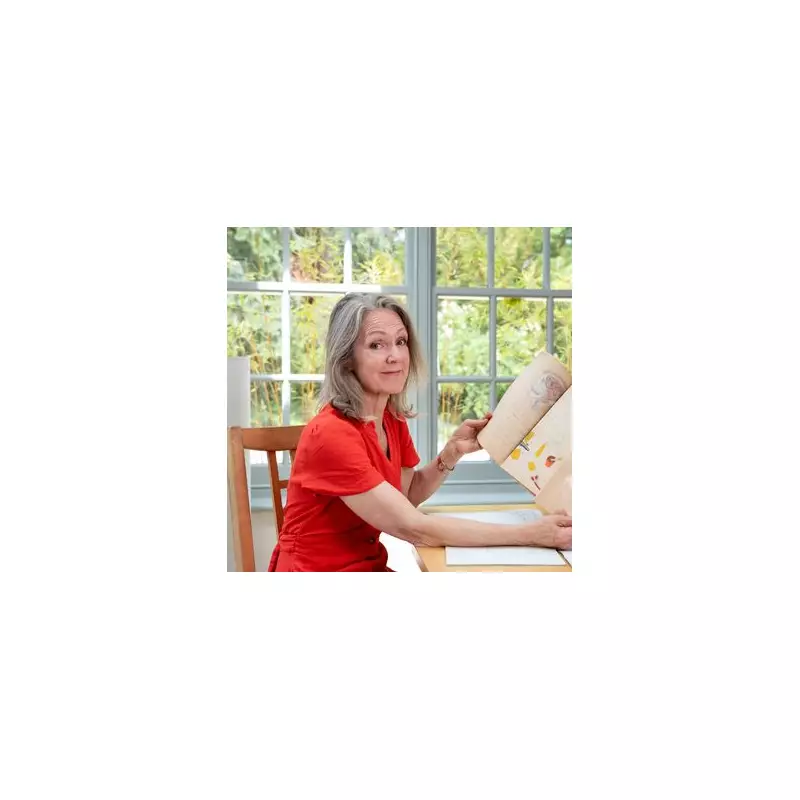
A powerful new Channel 4 documentary is set to revolutionise how we think about ADHD in adults, uncovering the startling reality that millions might be living with the condition without ever receiving a diagnosis.
The Silent Struggle of Undiagnosed ADHD
The programme reveals shocking statistics suggesting up to 2.6 million UK adults could have undiagnosed attention deficit hyperactivity disorder. Through intimate personal stories, the documentary explores how this neurodevelopmental condition often goes unrecognised, particularly in women and high-achieving individuals.
Breaking Down Misconceptions
Experts featured in the documentary challenge common stereotypes about ADHD, demonstrating how it manifests differently in adults than the hyperactive child image many people imagine. The film highlights:
- How ADHD symptoms often become more internalised with age
- The surprising link between ADHD and creative thinking
- Why many intelligent adults develop sophisticated coping mechanisms
- The emotional toll of years spent feeling "different" without understanding why
A Life-Changing Diagnosis
The documentary follows several adults receiving their ADHD diagnosis for the first time, capturing the profound emotional impact of finally understanding their lifelong struggles. One participant describes the moment as "like being handed the manual to my brain after 40 years of trying to figure it out".
Why This Matters Now
With waiting lists for ADHD assessments at record lengths across the UK, the programme couldn't be more timely. It raises crucial questions about:
- How the healthcare system fails adults with neurodevelopmental conditions
- The economic impact of untreated ADHD in the workplace
- Why women are particularly likely to be misdiagnosed or overlooked
- What needs to change in diagnostic processes and public understanding
The documentary promises to be essential viewing for anyone who's ever felt they don't quite fit the mould - and might just help thousands recognise themselves in these stories for the first time.





